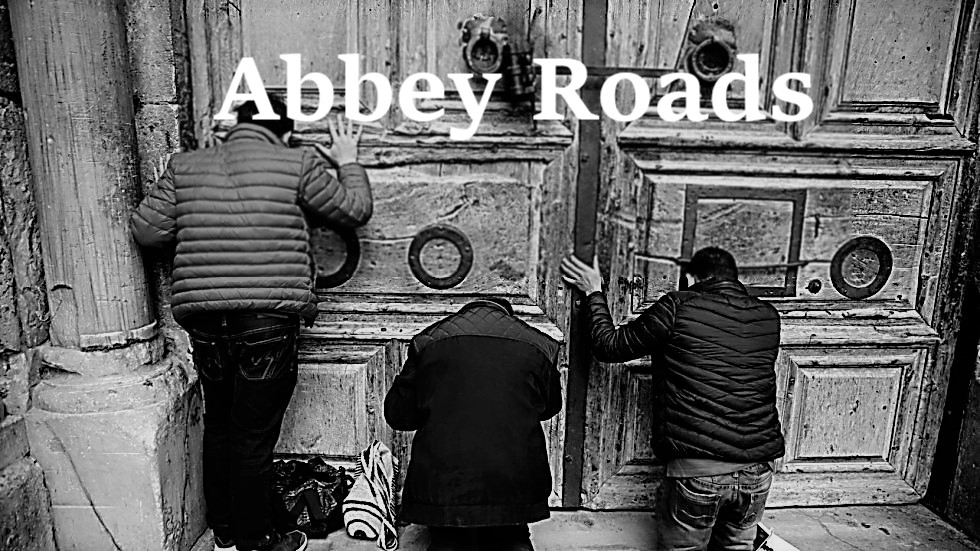 Just Me asks:
Just Me asks: The question for the "Ask Terry" column: "Is the fire of Purgatory real or is it just an allegory to describe the intense longing of the soul to reach Heaven?"
Terry says: As Jean-Paul Sartre demonstrated in his play, "No Exit"
'hell is other people' - just so purgatory must be, since it exists in the same precincts. NOT! No one really knows for certain, do they? Another John Paul referred to it as a 'state' of being as opposed to a place.
The mystics speak about God's purifying fire inflaming the soul in love in the stages of prayer and mystical graces. St. Paul speaks of God as a "Consuming fire" while Elizabeth of the Trinity discusses that aspect in terms of contemplative prayer, as does John of the Cross in the "Living Flame of Love". In the image of the burning bush seen by Moses, it was aflame yet not consumed. Is the fire physical? Our bodies are not in purgatory, so it must be a spiritual fire - not allegorical - nevertheless, a spiritual reality.
The pain and suffering is intense and unimaginable for us who live in the physical world. Teresa of Avila writes that spiritual sufferings of the souls in hell, as well as those in purgatory, are much greater than the physical pains one can endure upon earth, of which burning alive would seem to be the worst. Because of her experience of the excruciating pain, albeit delightful, endured in the various stages of prayer and the union of the soul with God, she deduces the suffering of the soul in purgatory is beyond our comprehension. I recommend a serious reading of the writings of John of the Cross and Teresa of Jesus on the purifications and the Divine touches of God in prayer that may help one to understand the nature of the purgatorial fire somewhat better.
Catherine of Genoa is another saint whose treatise on purgatory is very revealing. Just as the soul upon the way of perfection, suffers at the thought of one's sins with the weight of worldly attachments, thus causing the resultant distance from God - although consoled in the knowledge one's sins are forgiven - just so the soul in purgatory. Except the soul in purgatory, I would think would know even more clearly the reason it suffers, emerging from the darkness of earthly life into the knowledge and love of God - albeit obscure, while it's suffering with longing for the Beatific vision may be said to increase as the soul is purified. Whatever the case, the soul would seem to be obliged to accept with peace, that God's mercy and justice have intersected within the soul. Just so, I think the soul understands that it's sufferings are deserved because of it's sins and impurity, while, it seems to me, increasing with longing to see God, remaining steadfast in charity throughout it's ordeal.
It can be consoling to think the fire of purgatory is simply an allegory for the longing of the soul for God - It somehow makes it seem palatable for our nature. Nevertheless, the knowledge of one's sins and attachments, their nature and the offense caused to the Divine Majesty, as well as the natural order, is an immense suffering for the soul, which would cause it to desire to die again, if that were possible, in the most complete, all-consuming holocaust. Again, in purgatory, the fire of Divine Love at the same time must encompass the soul and in in a sense "consoles" it (or better put, "sustains" it) within that unimaginable pain, by having granted it the knowledge that he can no longer sin and therefore the conviction of it's salvation.
Whatever the case may be, it is so important to pray for the souls in purgatory since they can no longer merit nor help themselves, as the Church teaches.
Anyway - that's
my thought on it - read your catechism - I'm so not a theologian or a mystic - so I don't want to be brought before the Inquisition - except to be corrected if my thoughts do not accord with Church teaching. We'll know the true nature of purgatory when we get there however. (Someone once said the demons can torment you there as well...)




